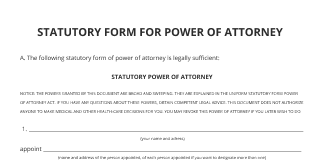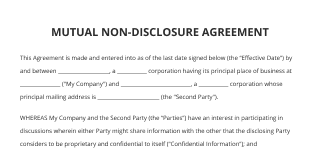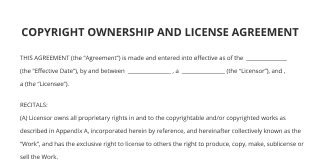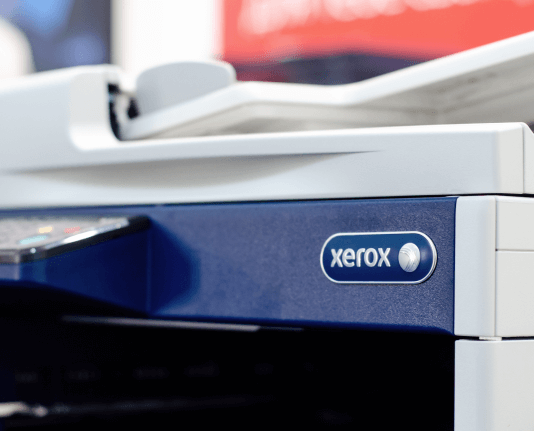What is a Retainer Invoice and How Can it Streamline Your Billing Process
Move your business forward with the airSlate SignNow eSignature solution
Add your legally binding signature
Integrate via API
Send conditional documents
Share documents via an invite link
Save time with reusable templates
Improve team collaboration
See airSlate SignNow eSignatures in action
Understanding a Retainer Invoice
A retainer invoice is a billing method commonly used by service-based businesses to request payment in advance for future services. This type of invoice ensures that the service provider has a commitment from the client, which can help manage cash flow and allocate resources effectively. Typically, a retainer invoice outlines the scope of work, the amount due, and the duration of the retainer agreement.
Key Components of a Retainer Invoice
When creating a retainer invoice, it is essential to include specific details to ensure clarity for both the service provider and the client. Key components typically include:
- Invoice Number: A unique identifier for tracking purposes.
- Date of Issue: The date when the invoice is generated.
- Client Information: Name, address, and contact details of the client.
- Service Provider Information: Name, address, and contact details of the service provider.
- Scope of Work: A detailed description of the services covered by the retainer.
- Amount Due: The total payment requested, often based on an agreed-upon retainer fee.
- Payment Terms: Information on when payment is due and accepted payment methods.
Benefits of Using a Retainer Invoice
Utilizing a retainer invoice offers several advantages for both service providers and clients. For service providers, it ensures a steady cash flow and reduces the risk of late payments. Clients benefit from having guaranteed access to services, often at a discounted rate compared to one-off engagements. This arrangement fosters a stronger working relationship, as both parties are committed to the ongoing collaboration.
How to Create a Retainer Invoice with airSlate SignNow
Creating a retainer invoice using airSlate SignNow is a straightforward process. Users can prepare and send invoices digitally, making it easy to manage and track payments. Here’s how to do it:
- Prepare Document: Start by creating a new invoice template within airSlate SignNow, including all necessary components.
- Edit and Customize: Use the editing tools to tailor the invoice to your specific needs, ensuring all details are accurate.
- eSign and Send: Once the invoice is ready, use the eSign feature to sign it digitally and send it to the client for their records.
Common Use Cases for Retainer Invoices
Retainer invoices are particularly useful in various industries, including:
- Legal Services: Attorneys often use retainer invoices to secure upfront payments for ongoing legal representation.
- Consulting: Consultants can bill clients in advance for advisory services, ensuring they are compensated for their time and expertise.
- Creative Services: Designers and marketing agencies may utilize retainer invoices to manage ongoing projects and maintain a consistent workflow.
Best Practices for Managing Retainer Invoices
To effectively manage retainer invoices, consider the following best practices:
- Clear Communication: Ensure that both parties understand the terms of the retainer agreement and any associated expectations.
- Regular Reviews: Periodically review the retainer agreement to ensure it still meets the needs of both the service provider and the client.
- Timely Invoicing: Send retainer invoices promptly to avoid any delays in payment and maintain a healthy cash flow.
airSlate SignNow solutions for better efficiency
Our user reviews speak for themselves






Why choose airSlate SignNow
-
Free 7-day trial. Choose the plan you need and try it risk-free.
-
Honest pricing for full-featured plans. airSlate SignNow offers subscription plans with no overages or hidden fees at renewal.
-
Enterprise-grade security. airSlate SignNow helps you comply with global security standards.

What is a retainer invoice
A retainer invoice is a billing approach utilized to secure services beforehand, guaranteeing that the service provider is remunerated for their time and skills. This guide will lead you through the procedure of utilizing airSlate SignNow, an efficient tool that streamlines document signing and administration, making it perfect for businesses aiming to enhance their operations.
What is a retainer invoice
- Open your internet browser and access the airSlate SignNow website.
- Create a complimentary trial account or log in if you already possess one.
- Select the document you intend to sign or send for signatures by uploading it.
- If you wish to use this document again, save it as a template for future reference.
- Access your document to make necessary modifications, such as adding fillable fields or inserting specific data.
- Sign the document and add signature fields for the recipients.
- Click 'Continue' to set up and send an eSignature invitation.
airSlate SignNow presents numerous benefits, featuring a robust set of tools that delivers excellent return on investment. Its intuitive interface is tailored for small to medium-sized enterprises, allowing for straightforward scaling as your requirements expand.
With clear pricing and no undisclosed charges, airSlate SignNow guarantees you fully understand what you're paying for. Additionally, their dedicated 24/7 customer support for all paid plans means assistance is always accessible. Start optimizing your document management today!
How it works
airSlate SignNow features that users love
Get legally-binding signatures now!
FAQs
-
How do you invoice a retainer?
What should be included on a retainer invoice? Vendor contact details. Customer contact details. Invoice date and number. Description of services provided. Quantity of goods or hours worked. Total balance due. Due date for payment. Tax (if applicable) -
How does retainer billing work?
A retainer fee is the upfront cost of a service before the service has been performed. In other words, it's a form of advance payment often required by a consultant, lawyer or freelance professional. For example, a lawyer charges their client a retainer fee prior to the client using their services. -
What is the difference between a retainer invoice and a proforma invoice?
Unlike the proforma invoice, a retainer invoice is an official commercial document. A copy should be kept by both parties for their business records, which will be important for tax purposes and other financials. -
What is the difference between a retainer and an invoice?
While pro forma, interim, and final invoices are among the most common types of invoices used in business, there are several other different types of invoices that serve specific purposes. These include: Recurring invoice. -
What is the difference between invoice and retainer invoice?
A retainer refers to an advance payment, whereas a retainer invoice is a formal document highlighting the requested payment to the client. It is completely different from a regular invoice because it is issued prior to the start of the work.
What active users are saying — what is a retainer invoice
Related searches to What is a retainer invoice and how can it streamline your billing process
Get more for what is a retainer invoice
- Achieve seamless CRM optimization with airSlate SignNow
- Maximize your Salesforce analysis with airSlate SignNow
- Enhance your workflow with email triggers for seamless eSigning
- Create an editable PDF with a signature for seamless document management
- Discover the top CRM automation tools with airSlate SignNow
- Streamline your marketing automation campaigns with airSlate SignNow
- Discover the top CRM and email marketing tools for effortless document signing
- Enhancing customer engagement consultants with airSlate SignNow
Find out other what is a retainer invoice
- How do I sign in to my Gmail account seamlessly
- How can I sign in to my Gmail account with airSlate ...
- Experience digital signing protection with airSlate ...
- Enhance your workflow with OneSpan e-signature
- Secure your software with a VeriSign code signing ...
- Secure your documents with signature encryption using ...
- Experience the power of HSM-secured signature for your ...
- Experience the ease of VeriSign electronic sign for ...
- Experience the power of PKI-secured signatures for ...
- Achieve peace of mind with S/MIME secure signature ...
- Enhance your security with PKI digital signatures for ...
- Simplify your signing process with crypto signature
- Secure your documents with a protected PDF signature
- Experience digital signature assurance with airSlate ...
- Experience the power of OneSpan electronic signature ...
- Enhance your documents with a blockchain signature for ...
- Unlock secure transactions with asymmetric encryption ...
- Get your certified PDF sign with ease and confidence
- Unlock the power of signature cryptography for secure ...
- Unlock the power of secure signing technique to ...






























